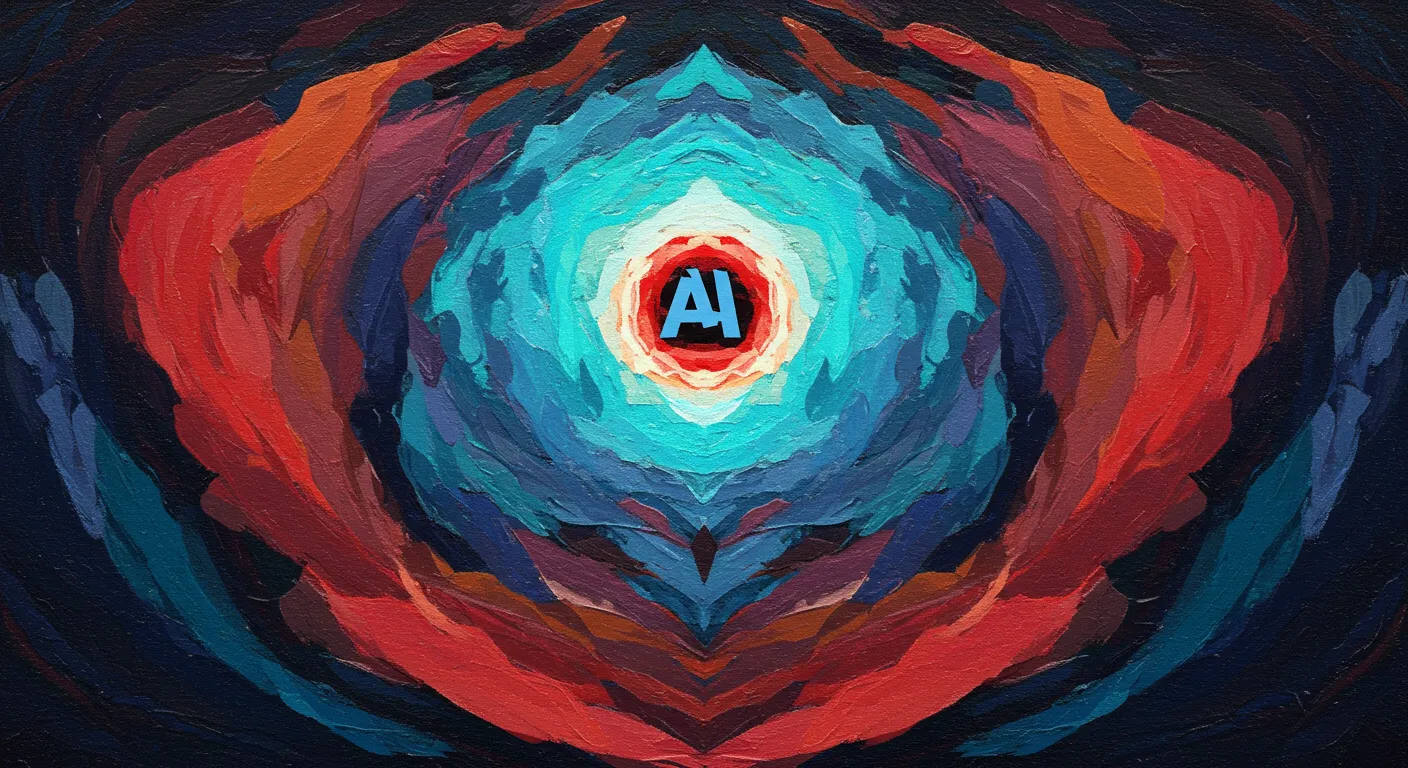OpenAI's latest image generation API, gpt-image-1, marks a significant leap in AI-powered visual creation. The new model stands out with its transformer-based approach, offering unprecedented prompt adherence and multi-modal capabilities that could reshape how developers think about image generation.
Online commentators are buzzing about the model's unique strengths. Unlike traditional diffusion models, this API can handle complex, nuanced prompts with remarkable precision. Developers are particularly excited about its ability to understand contextual instructions and generate images that closely match specific requirements.
The API isn't without its challenges. Pricing remains a key concern, with costs ranging from 4 to 19 cents per image. Some developers see this as a barrier, while others argue the quality and flexibility justify the expense. The model's true potential seems to lie in its ability to handle intricate, multi-step image generation tasks that would previously require extensive manual editing.
Performance-wise, the model shows promise but isn't perfect. While it excels at understanding complex prompts, it still struggles with some specific details like precise time representation or extremely fine motor actions. However, most see this as a stepping stone to more advanced image generation technologies.
The API's launch also signals a broader shift in AI development. OpenAI appears to be moving from pure model providers to creating more integrated, product-focused solutions that can be directly embedded into workflows across various industries.


